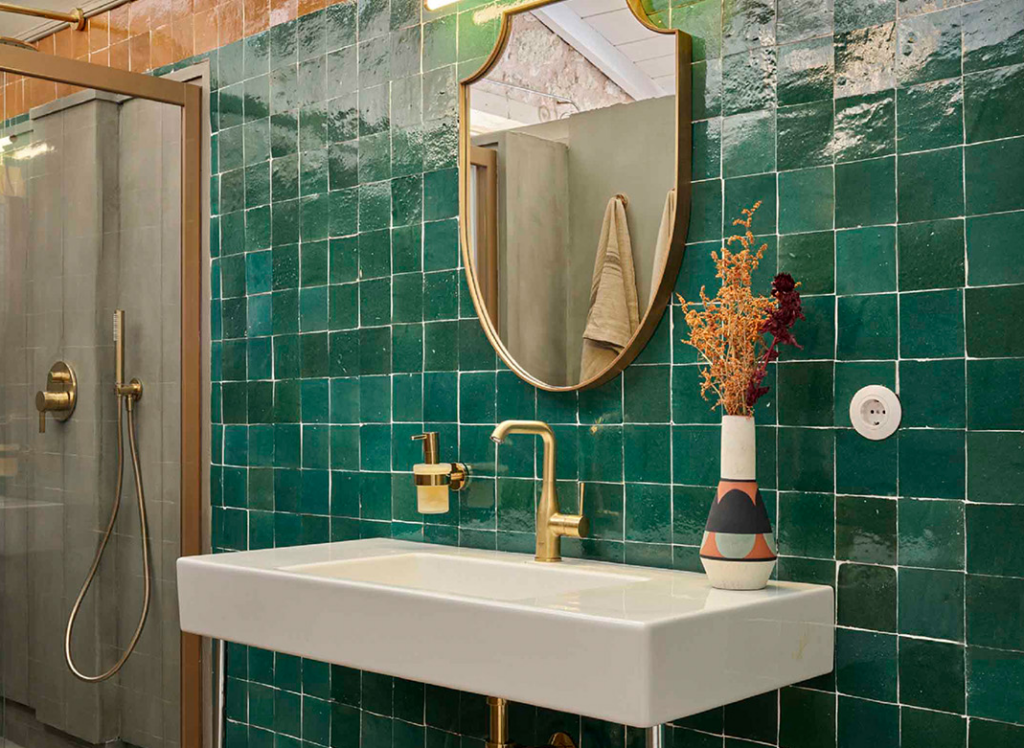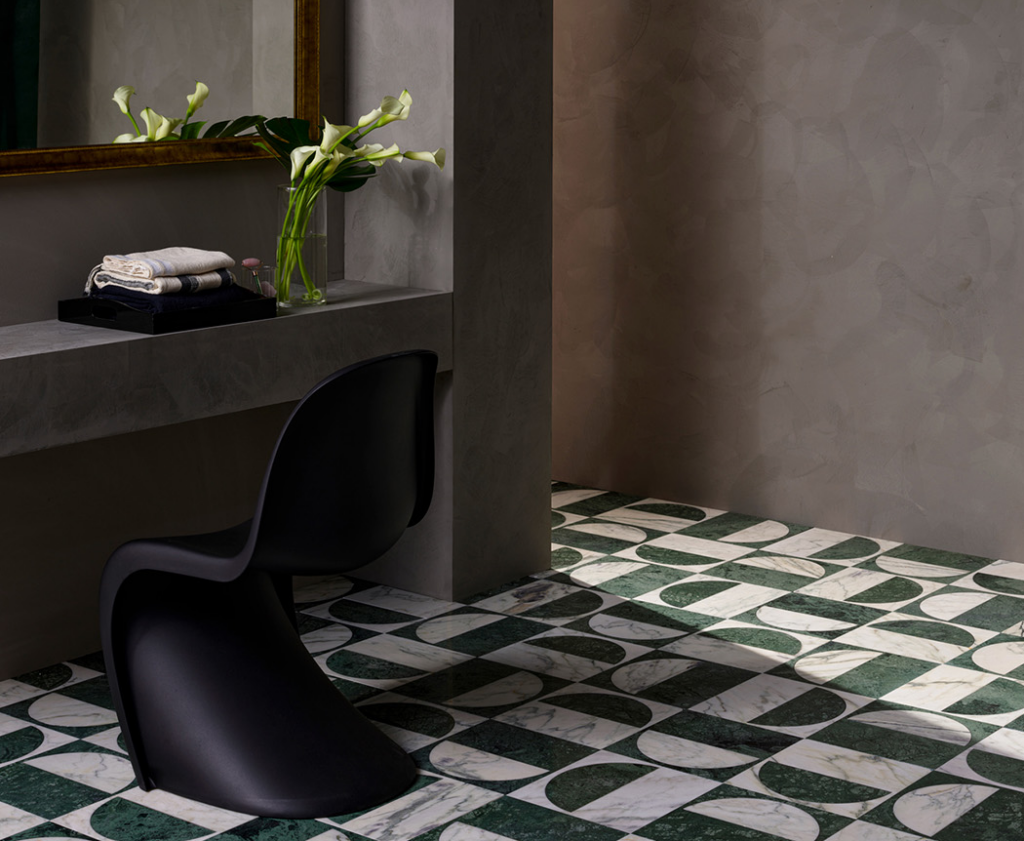- Close Menu

Ready to unlock the secret behind America’s hottest tile trends?
American designers are increasingly looking overseas, finding inspiration in centuries-old European craftsmanship. From hand-made encaustic floors in Spain to precision-cut porcelain from Italy, these tiles bring unparalleled depth and character to contemporary projects. By marrying Old World techniques with modern performance, designers deliver spaces that feel both rooted and revolutionary.
Let’s explore the driving forces behind this continental shift in tile style.

European tile makers have honed their craft over generations, using region-specific clays and glazes that cannot be replicated elsewhere. Spanish terracotta tiles, for example, boast rich iron-oxide hues achieved through traditional kiln-firing methods. In Portugal, azulejos are hand-painted on salt-glazed surfaces, yielding vibrant, fade-resistant color. German porcelain tiles benefit from extreme vitrification, resulting in virtually non-porous, frost-proof surfaces. American designers value these distinctive material qualities, knowing that true craftsmanship elevates every installation beyond mere decoration.
Europe’s architectural heritage provides a living library of tile patterns—from Moorish geometric mosaics in Seville to Art Nouveau florals in Paris. These historic motifs transcend trend cycles, offering architects enduring options for floors, walls, and even ceilings. By adapting centuries-old designs to today’s color palettes or scaling them for modern proportions, American designers introduce historical depth without sacrificing contemporary relevance. The result: interiors that feel layered, authentic, and refreshingly different from ubiquitous mass-market looks.
European tile producers adhere to stringent quality standards and meticulous quality-control processes. Italian porcelain tiles undergo rigorous strength and abrasion testing, ensuring they withstand both commercial foot traffic and extreme backyards climates. French and Belgian manufacturers often integrate recycled materials into their bodies, enhancing density and impact resistance. American designers increasingly specify these high-performance tiles in kitchens, bathrooms, and outdoor terraces—spaces where durability matters as much as design. The premium investment pays off through decades of maintenance-free beauty.
While European tiles capture historic charm, their contemporary collections often incorporate modern innovations. Self-cleaning glazes from Germany repel mold and grime, making bathroom installations almost maintenance-free. Matte-textured surfaces in Italy offer slip resistance without compromising the tile’s aesthetic purity. French producers even embed antimicrobial compounds at the factory level, enhancing hygiene in healthcare and hospitality projects. American designers leverage these functional benefits to deliver spaces that feel heritage-rich yet perfectly aligned with 21st-century performance requirements.
Many European tile workshops remain family-run, operating local kilns fueled by renewable biomass and sourcing raw materials from nearby quarries. This closed-loop approach reduces carbon footprint and fosters authentic regional identity. Certification initiatives—like Italy’s EPDs (Environmental Product Declarations)—provide verifiable data on energy, water, and emissions. American designers committed to LEED or WELL standards find European tiles meet or exceed sustainability criteria, enabling projects that balance beauty, story, and environmental responsibility.
They value European craftsmanship, rich historical patterns, and superior porcelain durability that domestic mass-market tiles can’t match.
Authentic European tile styles feature region-specific materials, traditional firing techniques, and centuries-old decorative motifs like azulejos and encaustic patterns.
American designers adapt historic European motifs—Moorish mosaics, Art Nouveau florals—to contemporary scales and palettes for timeless yet fresh interiors.
European matte tile styles incorporate micro-textures that boost slip resistance without sacrificing the refined aesthetic of a matte finish.
Yes—designers often pair European feature walls or floors with complementary domestic field tiles to balance budget and design impact.
Otto Tiles & Design LLC
7612 NE 4th Ct, Miami, FL 33138, United States
Phone: (786) 460 9098
Email: info@ottotiles.com
© 2025, Otto Tiles & Design LLC, All rights reserved